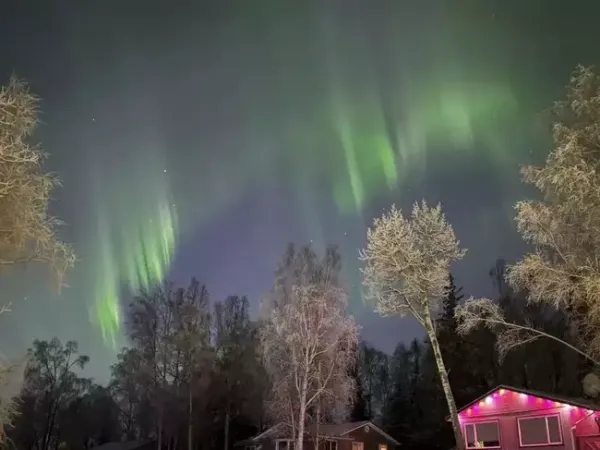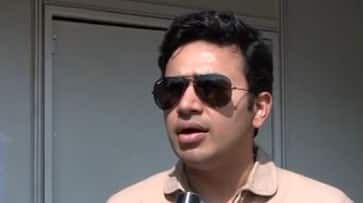Nature’s most mesmerizing light show, the Aurora Borealis, is expected to grace the skies over parts of the U.S. this week, just in time for Valentine’s Day. This celestial phenomenon, known for its hypnotic swirls of green, pink, and purple, may be visible as a solar event sends charged particles hurtling towards Earth.
According to SpaceWeather.com, a new solar wind stream is barreling towards Earth, flowing from what scientists describe as a “canyon-like hole” in the sun’s atmosphere. The National Oceanic and Atmospheric Administration (NOAA) has confirmed that this solar activity could trigger a minor G1 geomagnetic storm starting on Thursday, February 13. High auroral activity is expected to continue into the evening of Valentine’s Day.
This week’s aurora display promises to be a stunning backdrop for Valentine’s Day celebrations. Whether you’re stargazing solo or with a loved one, don’t miss the chance to witness nature’s celestial masterpiece lighting up the winter sky.
According to SpaceWeather.com, a new solar wind stream is barreling towards Earth, flowing from what scientists describe as a “canyon-like hole” in the sun’s atmosphere. The National Oceanic and Atmospheric Administration (NOAA) has confirmed that this solar activity could trigger a minor G1 geomagnetic storm starting on Thursday, February 13. High auroral activity is expected to continue into the evening of Valentine’s Day.
Where to Catch the Show
Northern parts of the U.S. are prime spots for witnessing the Northern Lights. Unsurprisingly, Alaska, with its far-north location, is almost guaranteed a spectacle. For those in the continental U.S., the northern regions of Michigan and Maine also have a chance to catch the aurora if conditions are right. Clear skies will be essential for optimal visibility.Best Viewing Tips
For the best chance at seeing the lights, NOAA suggests heading out between 10 p.m. and 2 a.m. local time and moving away from city lights. As geomagnetic activity increases, the aurora’s peak viewing hours may expand to earlier in the evening and later into the morning.Capturing the Magic
If you want to photograph the Northern Lights, no fancy DSLR is required—your smartphone can do the trick. iPhone users should activate Night Mode, which automatically adjusts for low-light settings. Adjusting the exposure time to its maximum will help capture the full motion and brilliance of the aurora. For the clearest results, using a tripod to keep the phone steady is essential. Any shaking can distort the long-exposure images.This week’s aurora display promises to be a stunning backdrop for Valentine’s Day celebrations. Whether you’re stargazing solo or with a loved one, don’t miss the chance to witness nature’s celestial masterpiece lighting up the winter sky.








